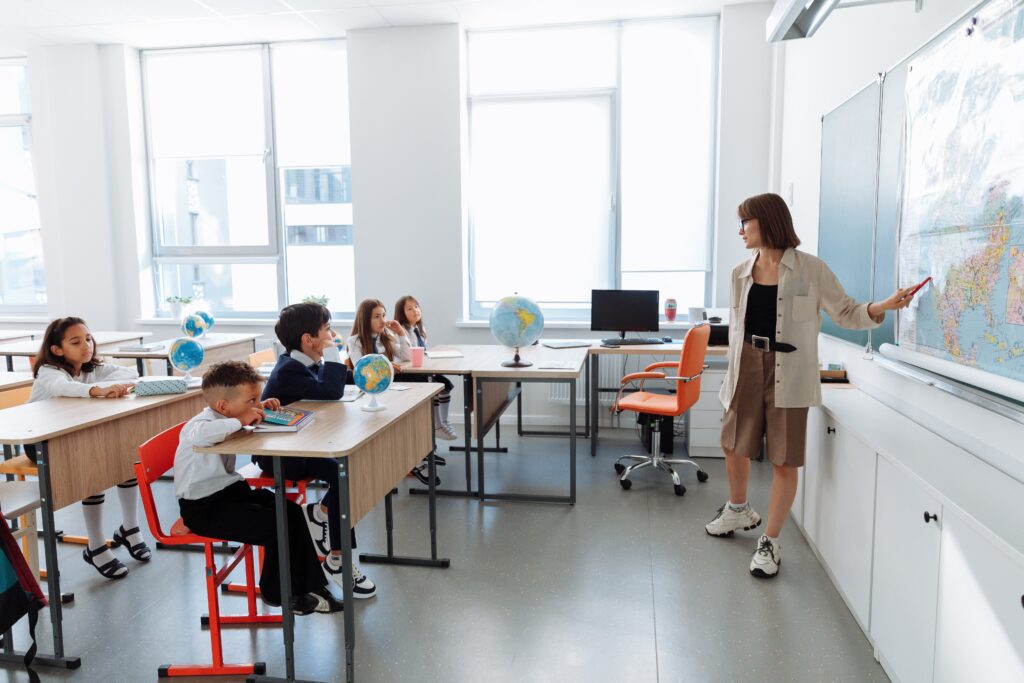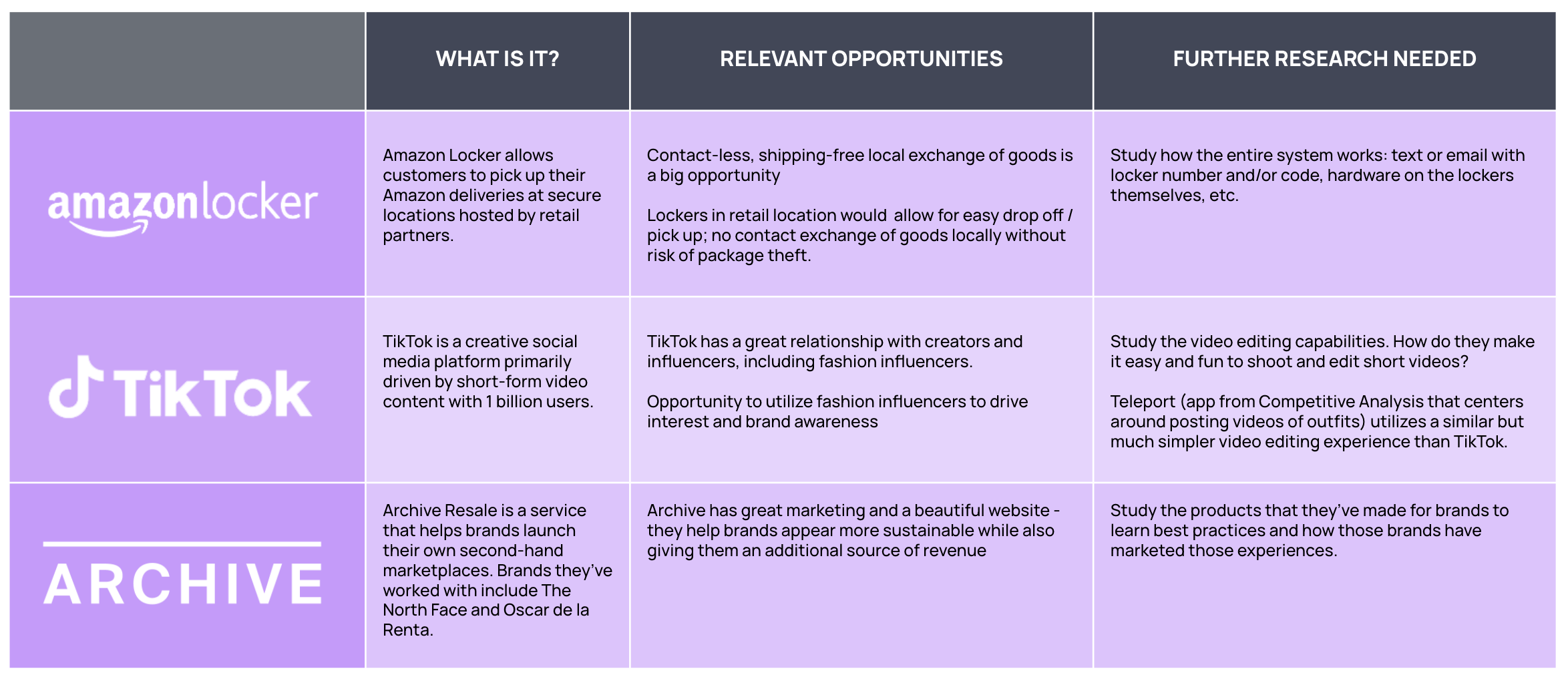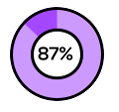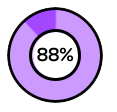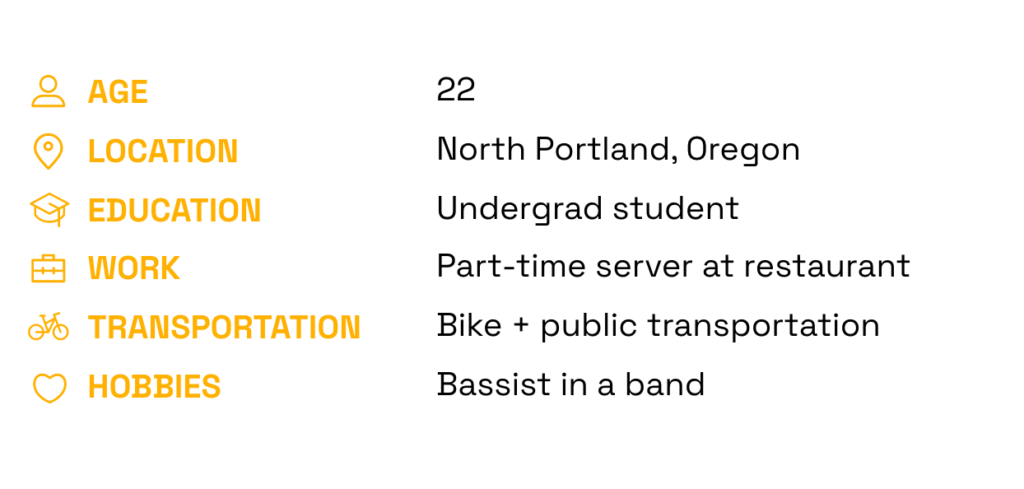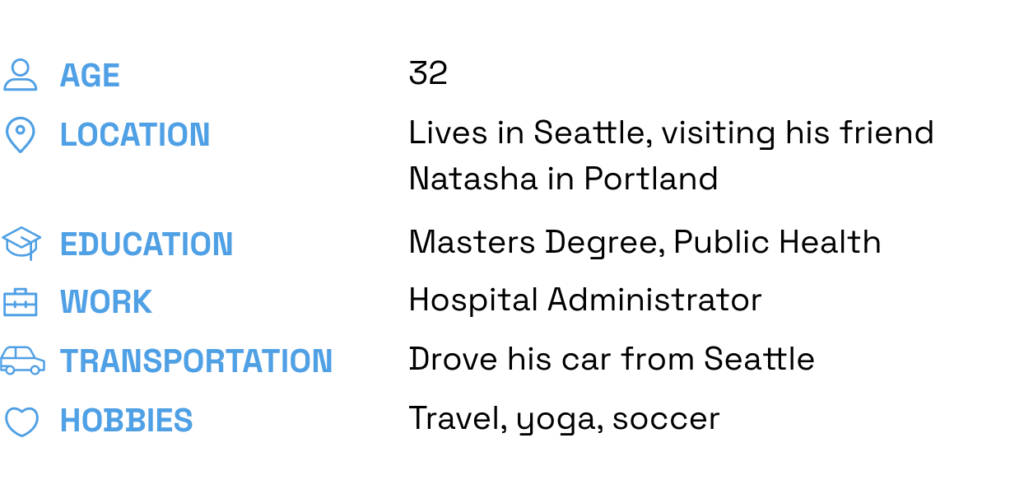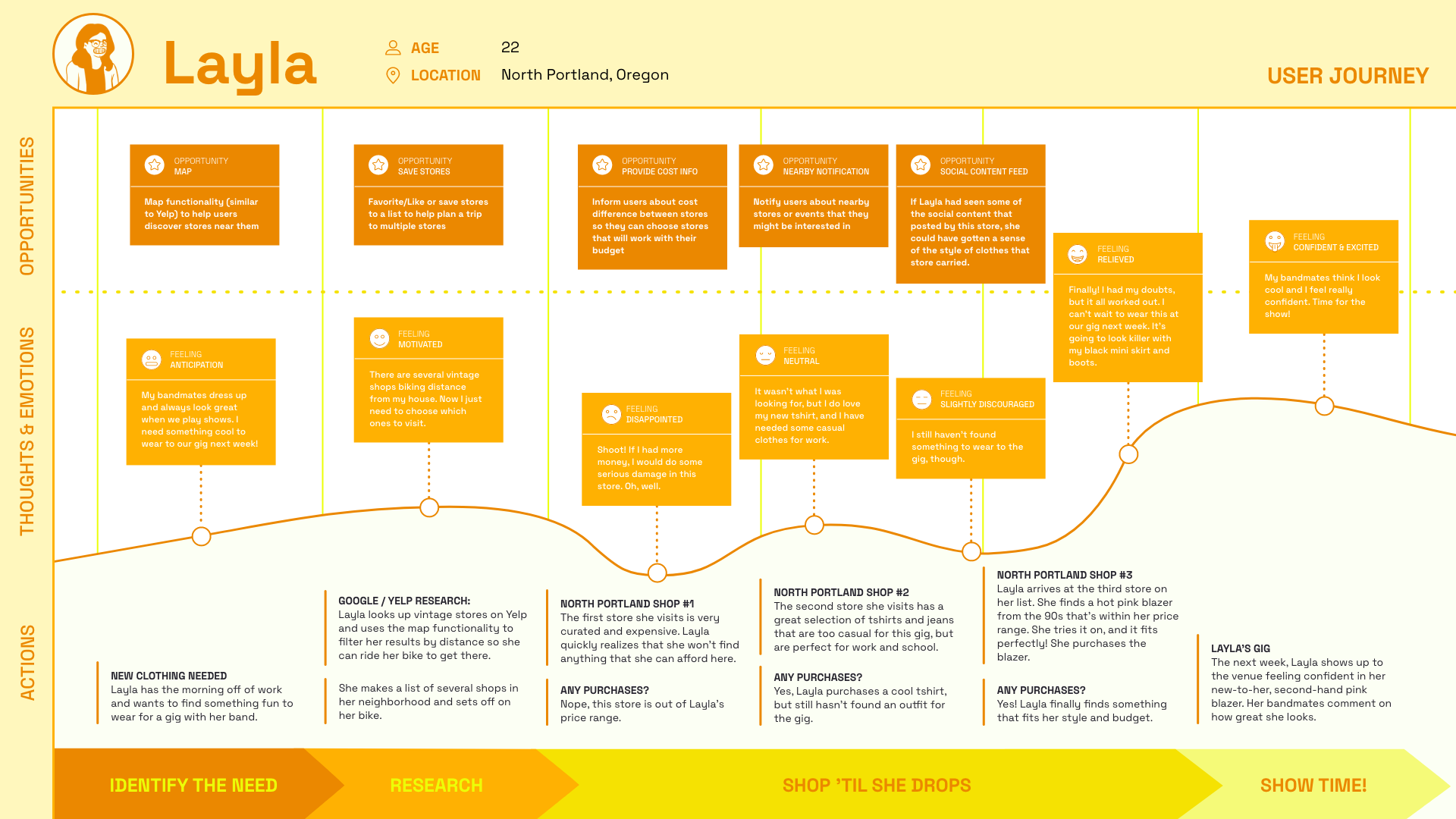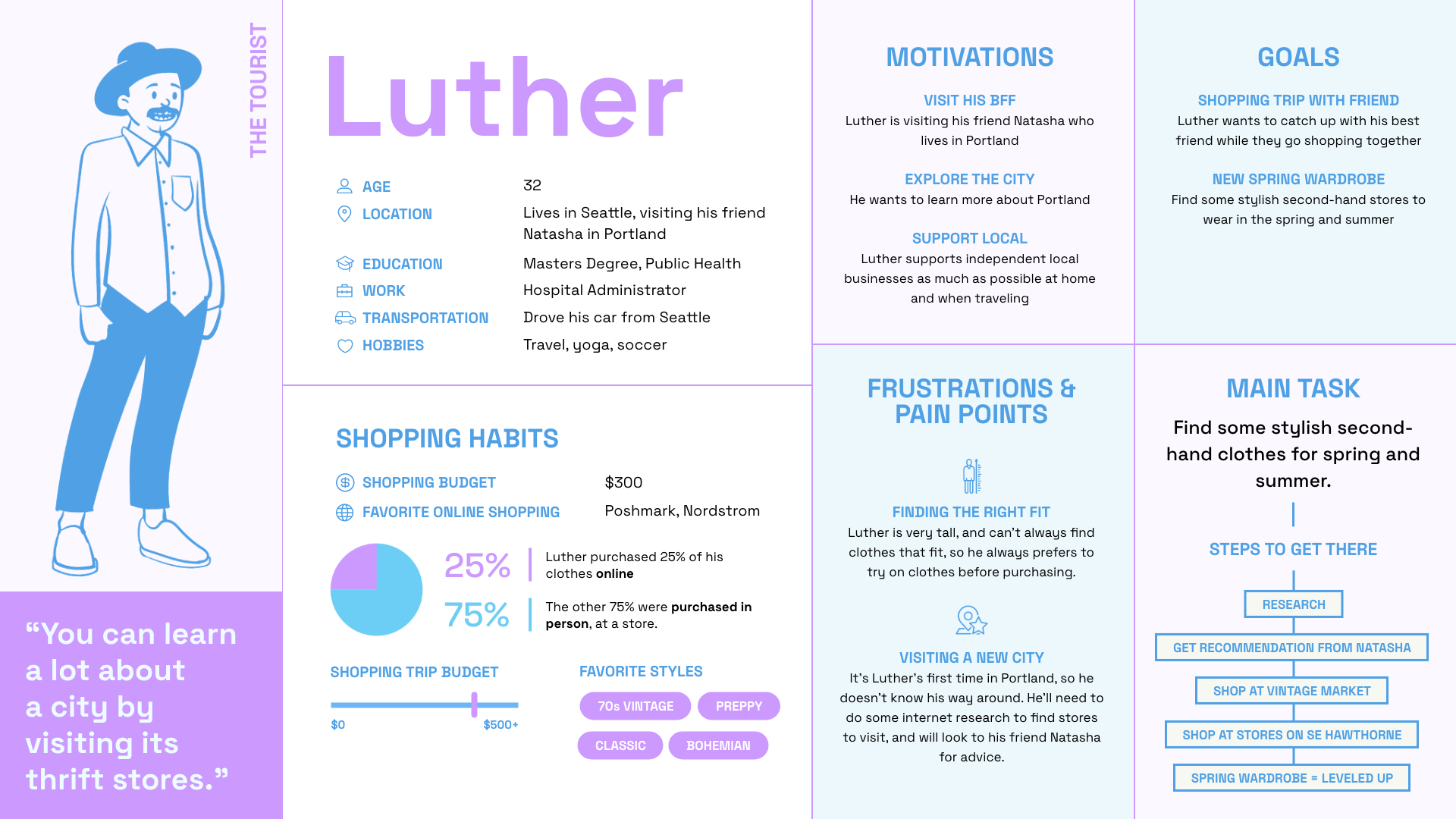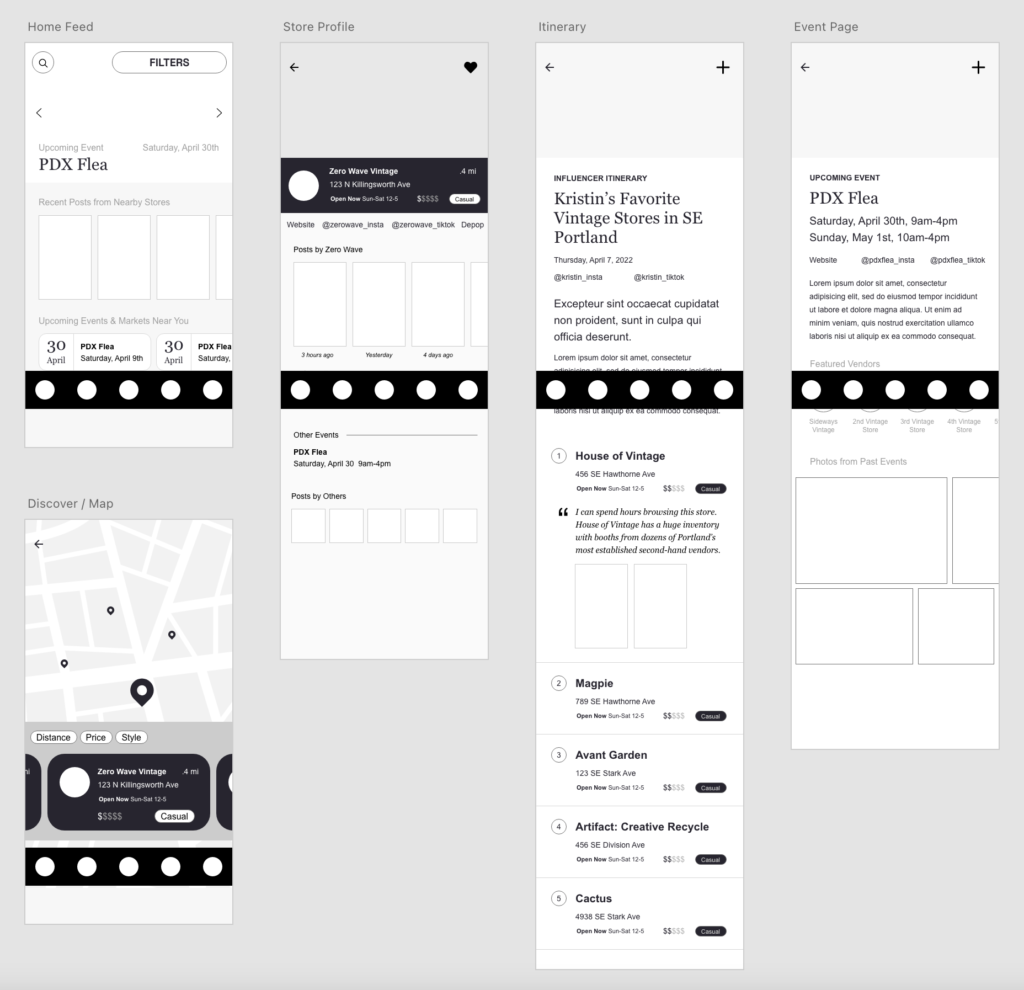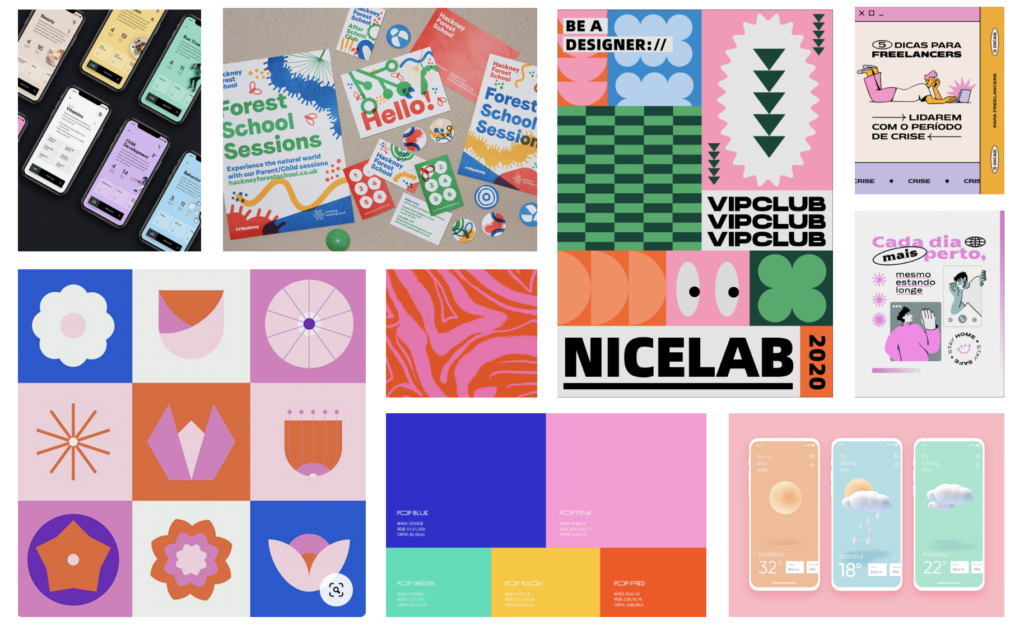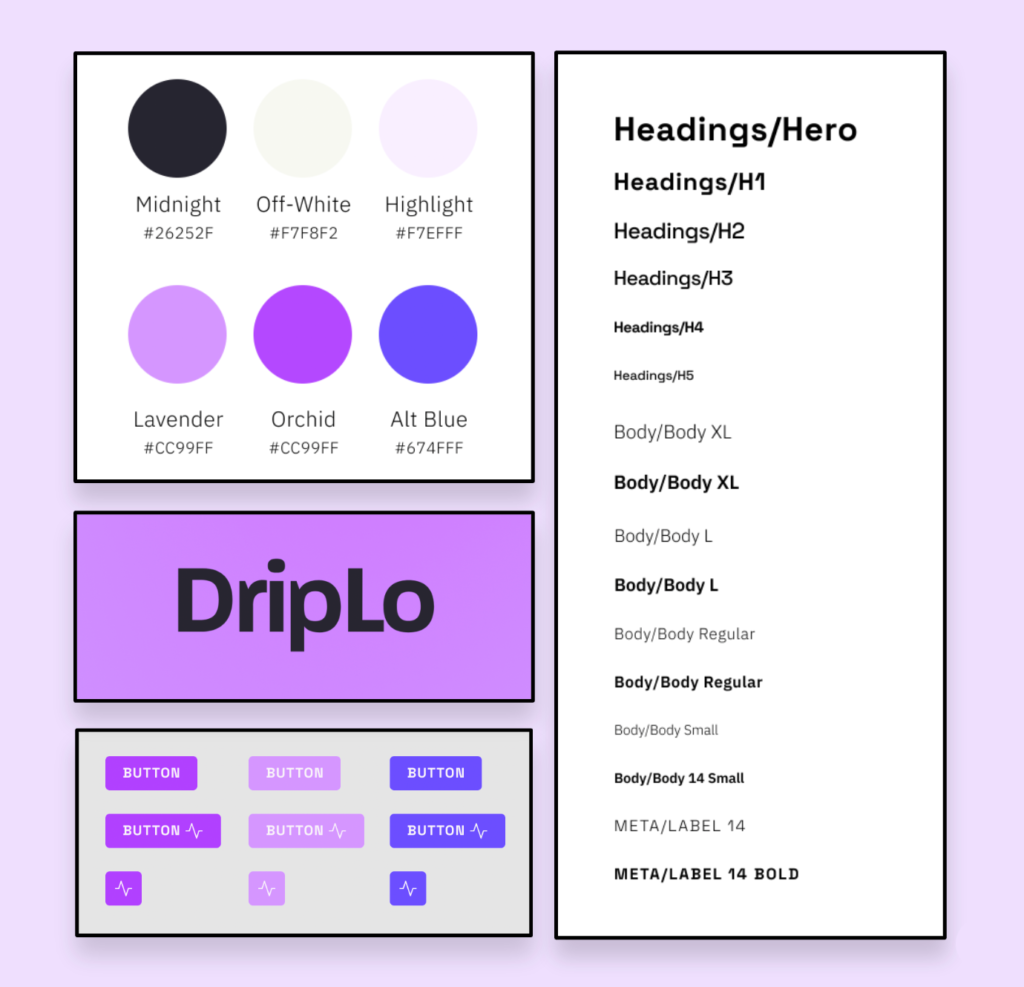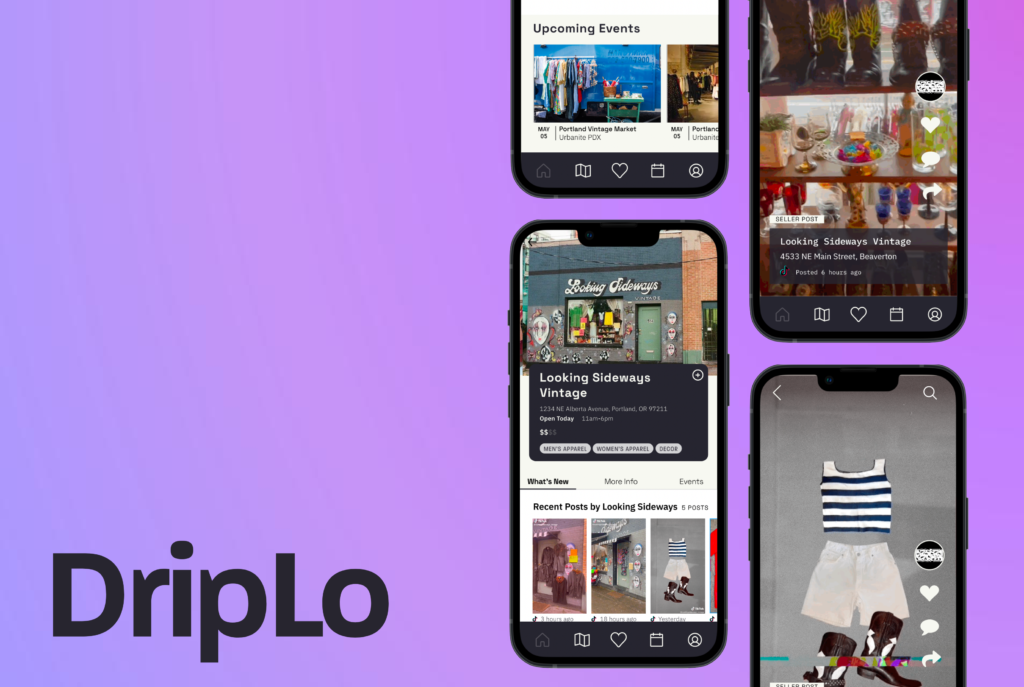METHODOLOGY 1
Industry Background
- 16+ Articles & Studies Reviewed
None of our team members at Roboboogie had prior experience working with clients in the education space, so we started the project by conducting desk research about our two primary audience segments to get caught up on common problems that contemporary educators experience.
Our intent with this research was to learn more about micro and macro factors that have impacted educators in recent years. We found that educators are faced with adversity from all angles, from unexpected changes in work environments during the COVID pandemic to political polarization.


